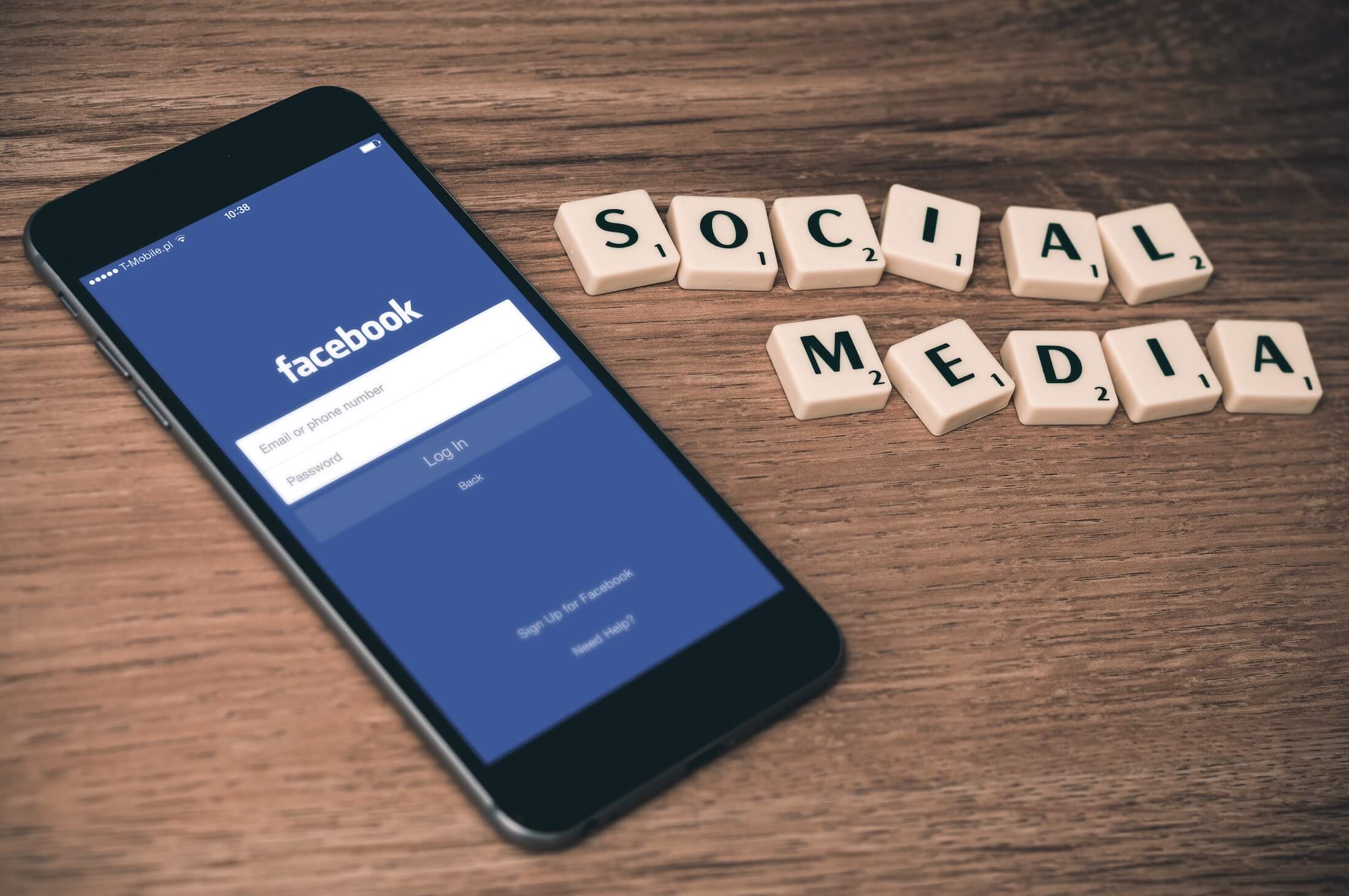It is no secret that technology is one of the most ubiquitous entities in our modern society. While this fact comes with countless benefits — from increased speed and efficiency in performing menial tasks to the introduction of life-saving technologies — its drawbacks are almost as plentiful.
Take, for example, the Western world’s increasing dependence on technology and social media for communication, entertainment, and even newsgathering. Not only have these tendencies led to gross misinformation amongst the masses, but have resulted in radical lifestyle changes via widespread internet addiction as well.
Unfortunately, the negative impacts of technology are not exclusive to adult users. Instead, thanks to the introduction to technology and, more specifically, social media to younger age cohorts, researchers are finding that more teens, adolescents, and even young children are showing symptoms of problematic internet usage and other subsequent psychological disorders.
This is mostly rooted in the fact that active participation in social media triggers a positive neurochemical reaction — in other words, a burst of dopamine. When users receive technology-related cues, such as their smartphone buzzing with new notifications, they get caught in an endless cycle of dopamine exposure and withdrawal. The desire to avoid such withdrawals can lead to users spending hours scrolling through social media in search of their next burst of dopamine.
When children become entangled in this vicious cycle, they are less likely to resist the urge to avoid pertinent tasks — such as homework, extracurricular activities, or even face-to-face socialization — in favor of spending hours scrolling through their social media accounts on their various devices.
However, forcing a child to cleanse themselves of social media is not necessarily the key to putting an end to these negative ramifications, as they are quickly becoming addicted to just using their devices as well — whether it be for texting friends, streaming music, or other relevant activities.
In an article for The Huffington Post, Dr. Jim Taylor reviewed several pieces of research that all proved the existence and brevity of addiction to technology. One of the students that were surveyed in an aforementioned study stated, “Media is my drug; without it I was lost. I am an addict. How could I survive 24 hours without it?”
That being said, there are substantial benefits to using technology and social media in moderation. For example, teens and adolescents can use social media to accomplish specific social tasks, such as: staying connected with distant friends and family, making new acquaintances, and sharing photos and life events.
Additionally, social media and technology offer enhanced learning and community engagement opportunities, as teens can utilize social media to form groups in which they can exchange ideas and expand their knowledge of the world around them.
It is imperative to note that no technology is inherently good or bad, but that their ultimate purposes are defined by their common uses. If parents, guardians, and other authority figures are proactive in ensuring their children are safe online and off — and spend their time online responsibly as well — they will likely see more of the benefits of social media than their drawbacks.

